In the field of water treatment engineering, the demand for water treatment agent polyaluminum chloride flocculant is increasing rapidly at home and abroad. In the field of water treatment engineering, the demand for water treatment agent polyaluminum chloride flocculant is increasing rapidly at home and abroad, especially In the water treatment, it has gradually replaced the traditional coagulant and became the mainstream flocculant. A large number of application practices have proved that the use of water treatment agent polyaluminium chloride instead of the traditional iron and aluminum salt coagulant can significantly improve the purification efficiency of the water plant, reduce the treatment cost, and improve the effluent quality. Its main advantages are:
(1) Excellent agglomeration, turbidity, decolorization and removal of humus and a wide range of pH treatments. The water treatment agent polyaluminum chloride not only has strong agglomeration and turbidity, but also has obvious decolorization and humus removal effects. The optimum flocculation is achieved under the same treatment conditions, and the required amount of polymerized aluminum is reduced by 23 compared with the conventional aluminum salt. Under the same dosage conditions, the use of polyaluminium chloride can achieve a lower residual turbidity than conventional aluminum salts, so that the same treatment results can be obtained at lower doses. In addition, the polymerized aluminum uses a much wider pH range than conventional aluminum salts.
(2) Good low-temperature coagulation treatment efficiency and sedimentation efficiency Generally, in low-temperature water (5 °C), the coagulation and turbidity removal efficiency of the traditional coagulant is significantly reduced and the effluent water quality is deteriorated, while the use of polymerized aluminum, whether it is low temperature Or normal temperature water, can get better coagulation and turbidity effect. In addition, the polymerized aluminum can significantly improve the solid-liquid separation efficiency, improve the sedimentation filtration and sludge dewatering performance, thereby shortening the residence time of the sedimentation tank and increasing the water production. In addition, since the generated floc particles are large and compact, filtration and sludge dewatering are easy.
(III) Low residual aluminum content The residual aluminum content in the treated aluminum is very low. The residual aluminum content in the traditional aluminum sulfate treated water is generally 150~255μgL, while the water treatment agent polyaluminium chloride treats the residual in the water. The aluminum content is only 40~55μgL.
(IV) Simple operation The operation process is much simpler than the traditional treatment method when the water treatment agent is used to treat the aluminum chloride salt.
Http://news.chinawj.com.cn Submission:
china supplier supply high quality and cheaper prices wood veneer HDF Door Skin
1. Goods of description
1) Size : ( 2000~2150 ) * ( 630~1050 )
2) Thickness : 2.5 , 2.7 , 3 , 3.5 , 4 mm
3) Core : poplar , pine , birch , hardwood , combi
4) Face and Back : okoume , poplar , pine , hardwood , birch , ash , bintangor , oak , technical veneer
5) Glue : E2 / E1 / E0 / MR / Melamine / WBP
6) Grade : BB / BB , BB / CC , CC / DD , or as per your request .
7) MC : 6-14%
8) Density : 500 ~ 600kgs / m3
9) Formaldehyde release : E0 ≤ 0.5mg / L , E1 ≤ 1.5mg / L , E2 ≤ 5mg / L
10) Certificate : CARB / CE / 1SO9001
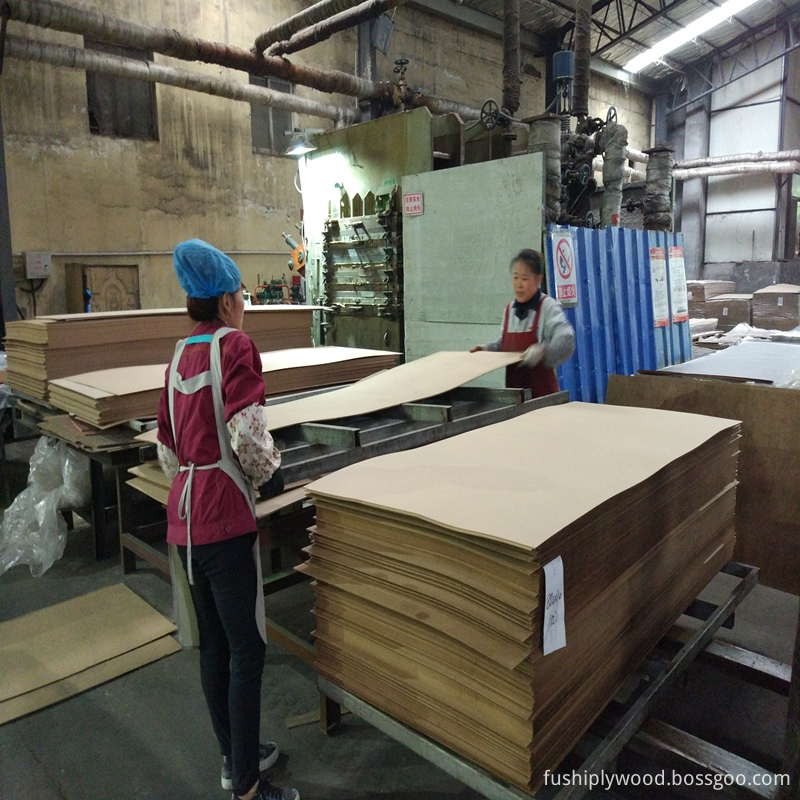
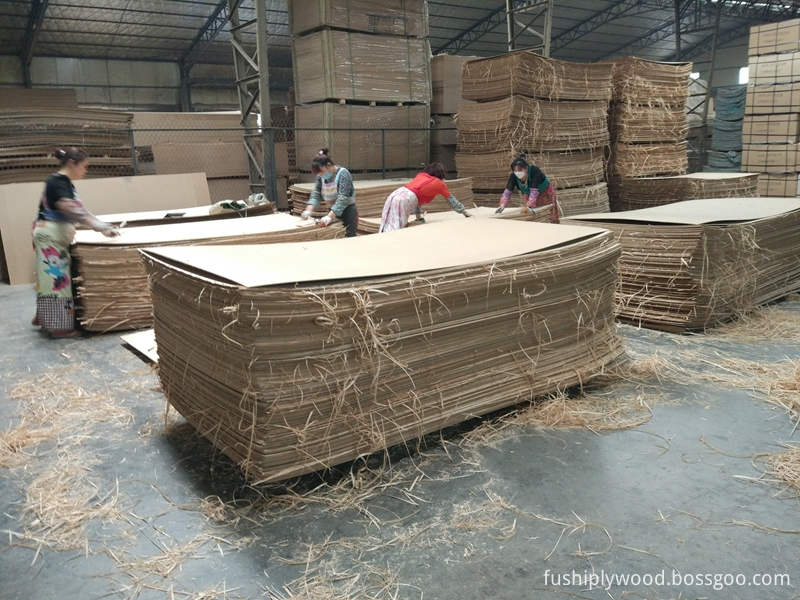
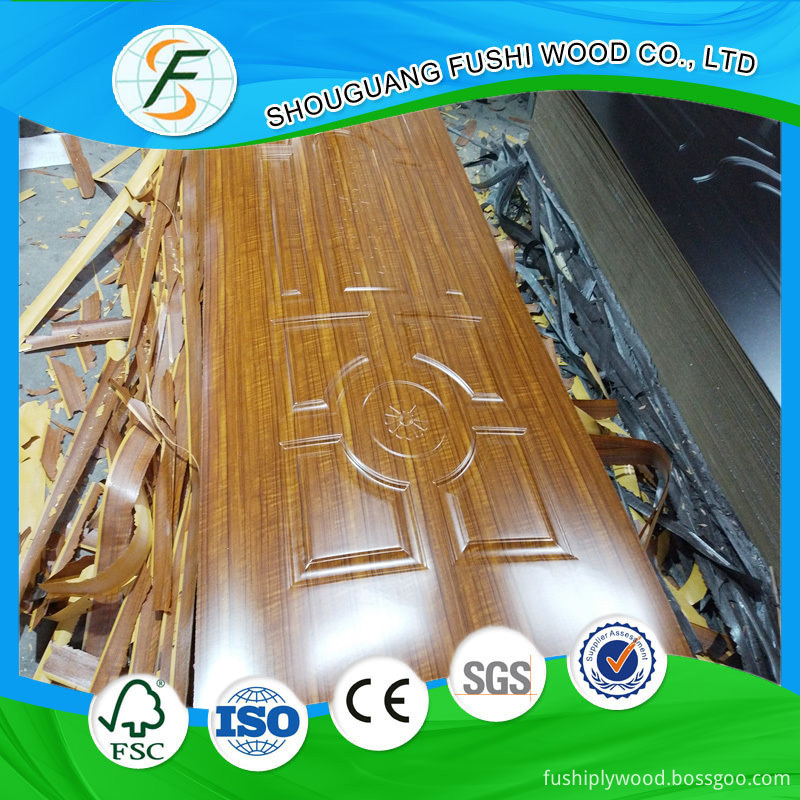

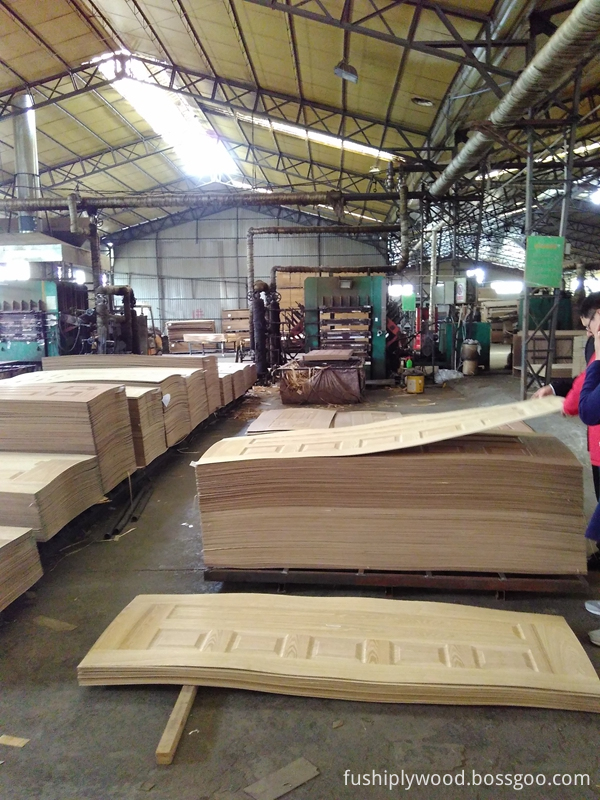
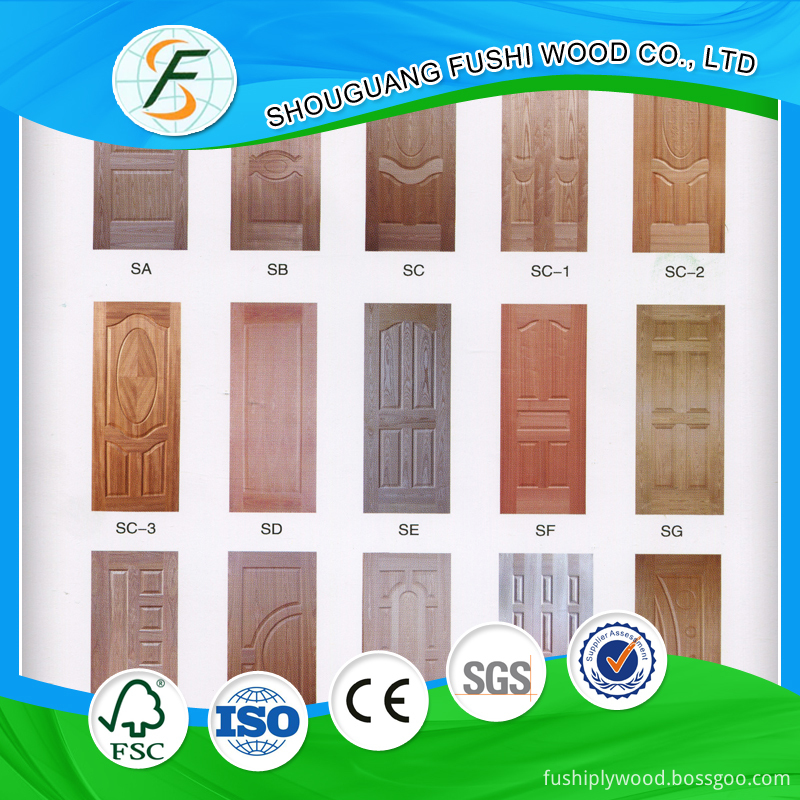

Skin Door,Veneer Skin Door,Panel Skin Door,HDF Door Skin
Fushi Wood Group , http://www.fushiplywood.com